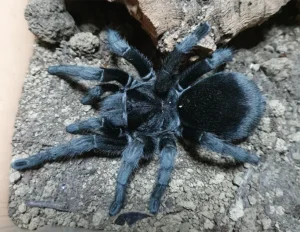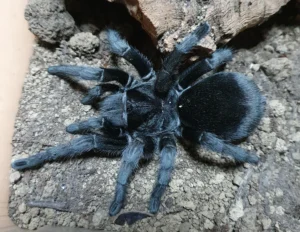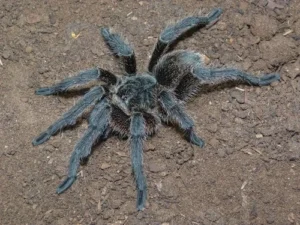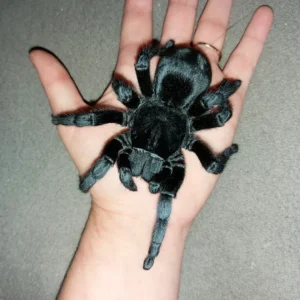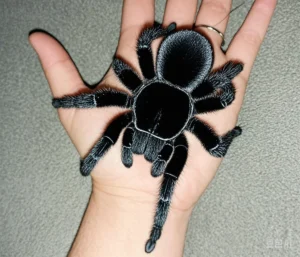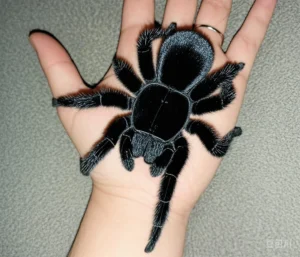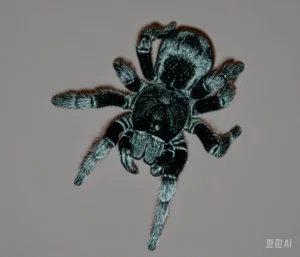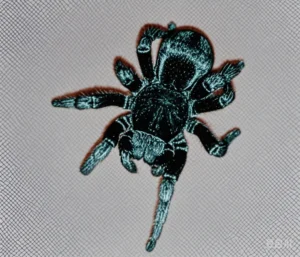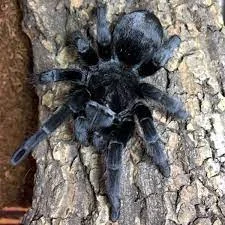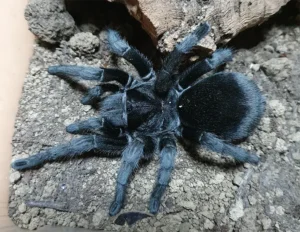Tarantula Culture
Grammostola pulchra in Indigenous Folklore: Myths of Protection and Misfortune
Introduction: Spiders in Story
Spiders feature prominently in the mythology and folklore of cultures worldwide, often embodying themes of creation, weaving, wisdom, trickery, or danger. Large, ground-dwelling tarantulas, with their imposing appearance, likely captured the imagination of indigenous peoples living alongside them in South America. However, pinpointing specific myths exclusively about *Grammostola pulchra* within the diverse indigenous cultures of southern Brazil and Uruguay can be challenging.
Challenges in Finding Specific Folklore
Several factors make it difficult to isolate folklore tied directly to *G. pulchra*:
- Oral Traditions: Much indigenous folklore was transmitted orally, and details may have been lost or transformed over time, especially following European colonization.
- Species Identification: Traditional stories might refer generally to “large ground spiders” or “black spiders” rather than using precise taxonomic distinctions recognized today. The specific identity of the spider in a myth might be ambiguous.
- Cultural Diversity: The region inhabited by *G. pulchra* was home to various indigenous groups (e.g., Charrua, Minuane, Guaraní) with distinct languages and belief systems. A story from one group might not apply to others.
- Focus of Ethnographic Records: Ethnographic studies might not have specifically focused on beliefs surrounding relatively cryptic animals like tarantulas compared to more visible or culturally significant fauna.
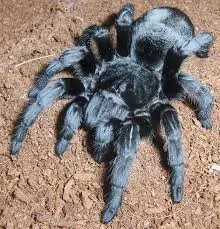
General South American Spider Lore
While *G. pulchra*-specific myths are elusive, we can look at broader themes in South American spider myths South America. Spiders sometimes appear in creation myths or stories about the origins of weaving, reflecting their silk-producing abilities. In some Amazonian cultures, certain spiders are associated with shamanism or possess potent venom, linking them to both healing and harm. Figures like Anansi the spider (though originating in West Africa, influences spread to the Americas) embody cunning and trickery.
It’s plausible that large, dark tarantulas like *G. pulchra* could have been incorporated into local beliefs, perhaps seen as:
- Guardians of certain places or associated with the underworld due to their burrowing nature.
- Omens, with their appearance signaling good or bad fortune depending on the context or specific cultural belief.
- Possessors of potent power, either protective or dangerous.
Potential Themes (Speculative)
Given *G. pulchra*’s appearance and behavior, one could speculate on potential folkloric roles:
- Protection: Its dark color and fossorial habits might associate it with the earth, night, or subterranean realms, potentially making it a protective spirit of hidden places.
- Misfortune/Danger: Like many spiders, its venomous nature (though mild to humans) and imposing size could lead to associations with danger, bad luck, or malevolent spirits, particularly if bites, though rare, occurred.
- Patience/Stealth: Its sit-and-wait hunting strategy could symbolize patience or stealth.
Speculation Warning: Without specific ethnographic evidence linking *G. pulchra* to particular myths, these themes remain speculative, based on common archetypes associated with spiders globally and its characteristics.
Modern Perception vs. Folklore
Today, *Grammostola pulchra* is primarily known through the lens of the international pet trade, where it’s valued for its beauty and docile temperament. This modern perception often overshadows any traditional folkloric significance it might have held among indigenous South American cultures. Further research into the specific ethnobiology and folklore of the Charrua, Minuane, and southern Guaraní peoples might uncover more direct references, but much may remain obscured by time.

Information based on general knowledge of spider folklore and the challenges of researching specific indigenous beliefs.

